Defining Clean & Cruelty-Free Beauty
If you’ve visited our site before, you’ve probably seen us mention our clean and cruelty-free standards. These are the guidelines we use to determine whether a brand or product supports our mission to promote less toxic, cruelty-free beauty.
While our standards are a great starting point for navigating clean and ethical beauty, we always encourage you to dig deeper and do your own research to make choices that align with your values and needs.
What “Clean” Means to Us
When it comes to beauty, terms like “clean,” “green,” and “non-toxic” have no regulated definitions, making it difficult for consumers to know what they’re really getting. Brands often use vague labels and marketing language that can be misleading, contributing to greenwashing: a form of deceptive marketing that makes products or brands appear more environmentally friendly than they truly are.
Greenwashing is when brands mislead consumers into thinking their products or ingredients are more natural, sustainable, or eco-friendly than they really are.
Here’s how we determine what’s “clean” or not:
Step One: Ingredient List Review
First, we look at the product’s ingredient list and run it through SkinCarisma’s analyzer tool to review the breakdown. If the majority of the individual ingredients are green and the overall product percentage is mostly green, the product (likely) doesn’t contain harsh/toxic ingredients.
Step Two: Ingredient Research
Next, we look for any unfamiliar ingredients in the list, or any that are orange (moderate risk) or red (high risk) in the SkinCarisma scan. We then review scientific studies on these ingredients and note the likelihood of them causing health issues.
Our definition of Clean is: “Products with a low likelihood of causing health issues and hormonal disruption.”
What “Cruelty-Free” Means to Us
On the other hand, Cruelty-Free is a lot easier to define. It simply means that a product was not tested on an animal at any point in its production. The confusion arises when brands use deceptive marketing claims and logos that have not been properly vetted. Sadly, in the United States, brands can claim whatever they want on their packaging regarding animal testing, whether it’s true or not. There are no legal repercussions for doing so.
Here’s how we determine if a brand is cruelty-free:
*All of these must be met to be considered cruelty-free
- The brand does not test its product or individual ingredients on animals.
- The brand does not hire a third party to test its product or individual ingredients on animals.
- The brand does not source ingredients from suppliers who test on animals.
- The brand does not sell its product in places where animal testing is mandatory.
- If the brand uses honey, beeswax, milk, or any other animal-derived ingredient in its product, it does not result in harm or death to an animal.
Our definition of Cruelty-Free is: “Products (and their ingredients) that are sourced, developed, and tested without any form of animal testing or harm, and are not sold in markets where animal testing is required by law.”
Nothing stated in this article should be used in place of professional medical advice. All opinions are our own.
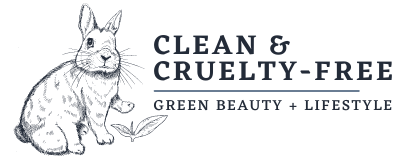
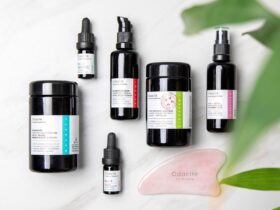

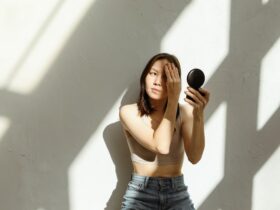
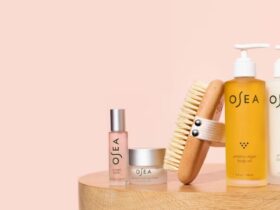
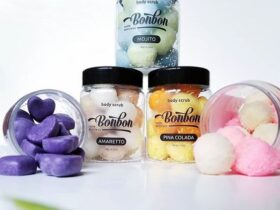
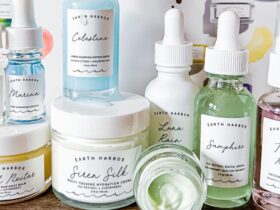
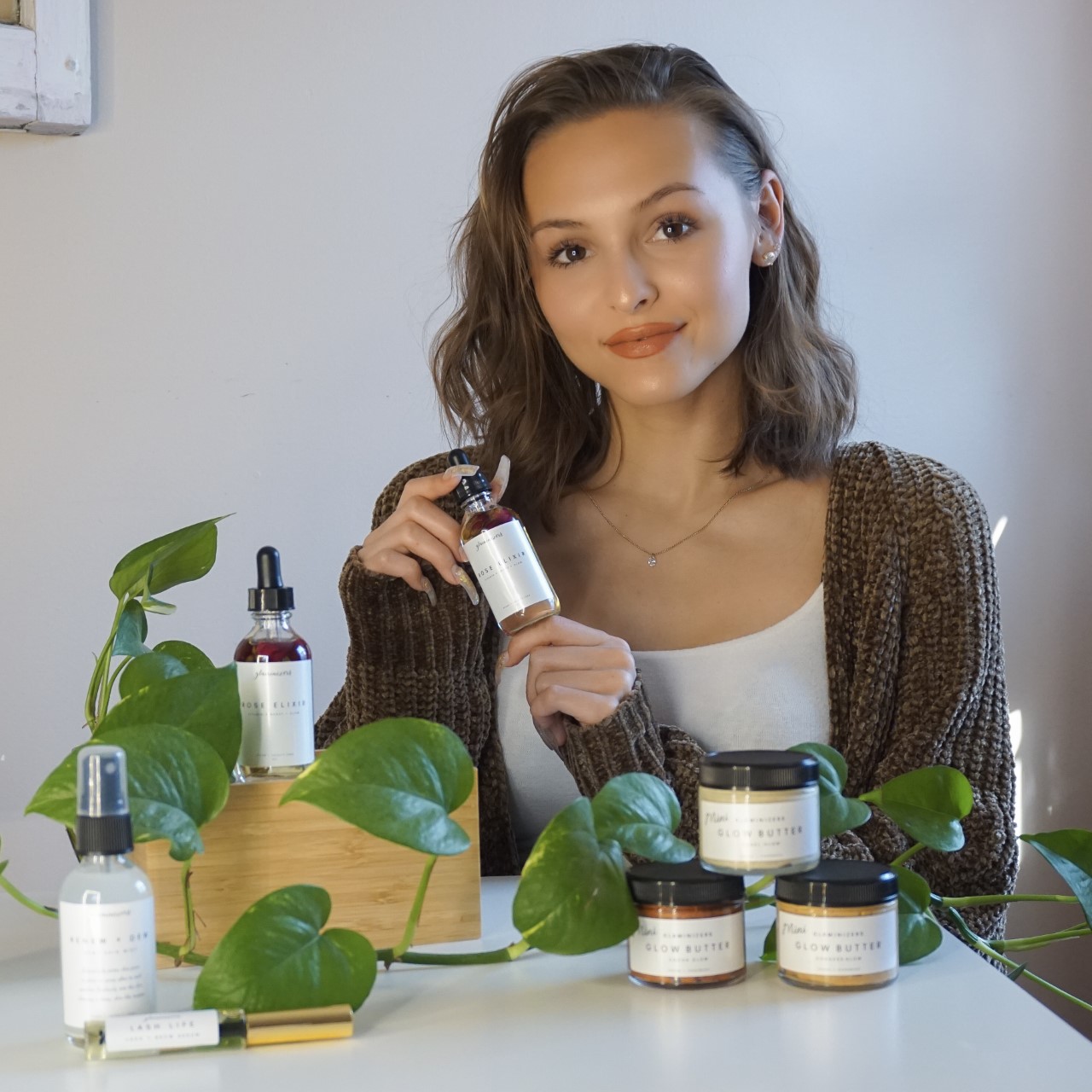
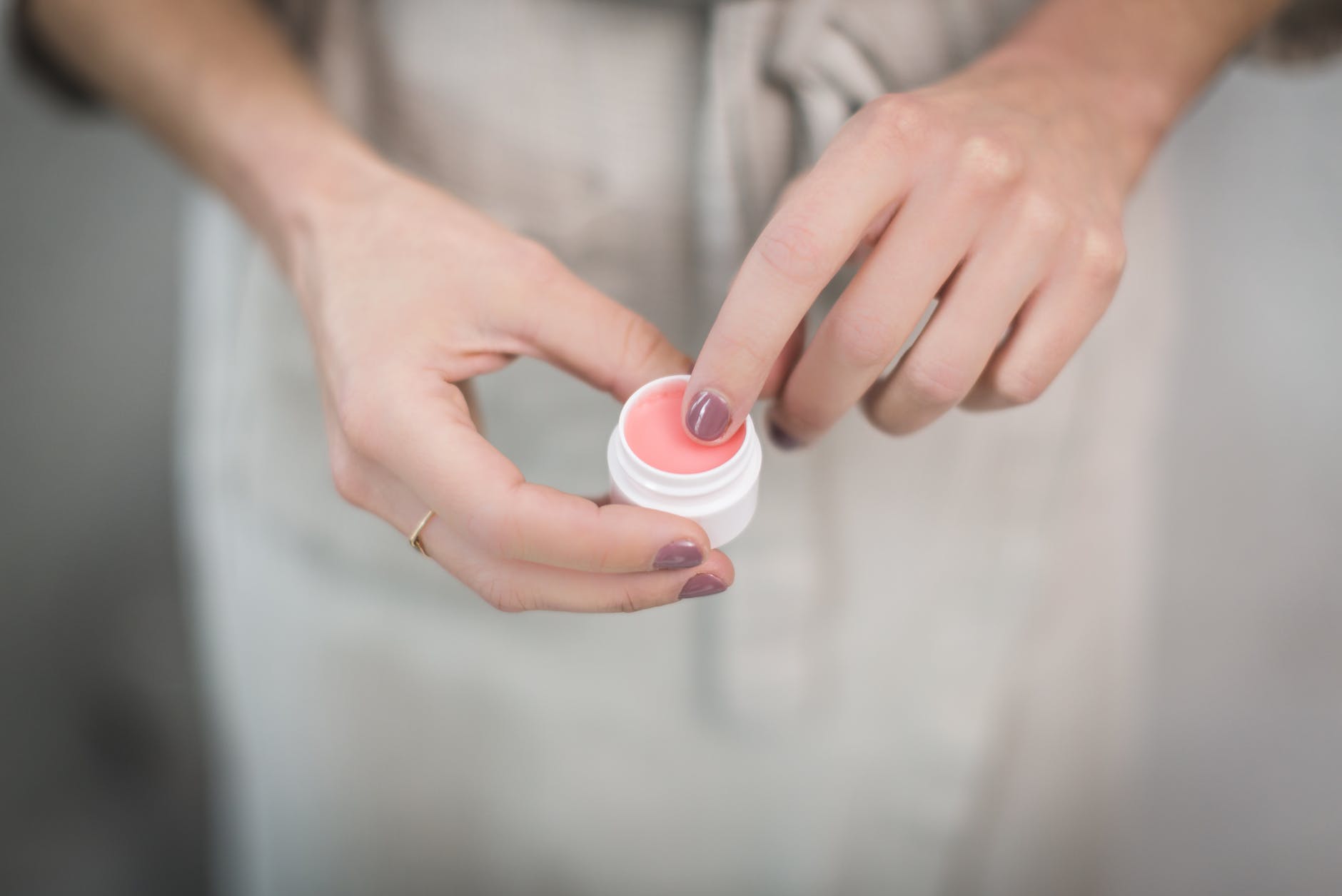

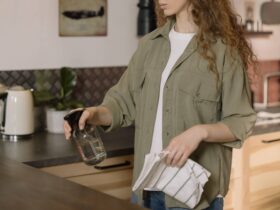
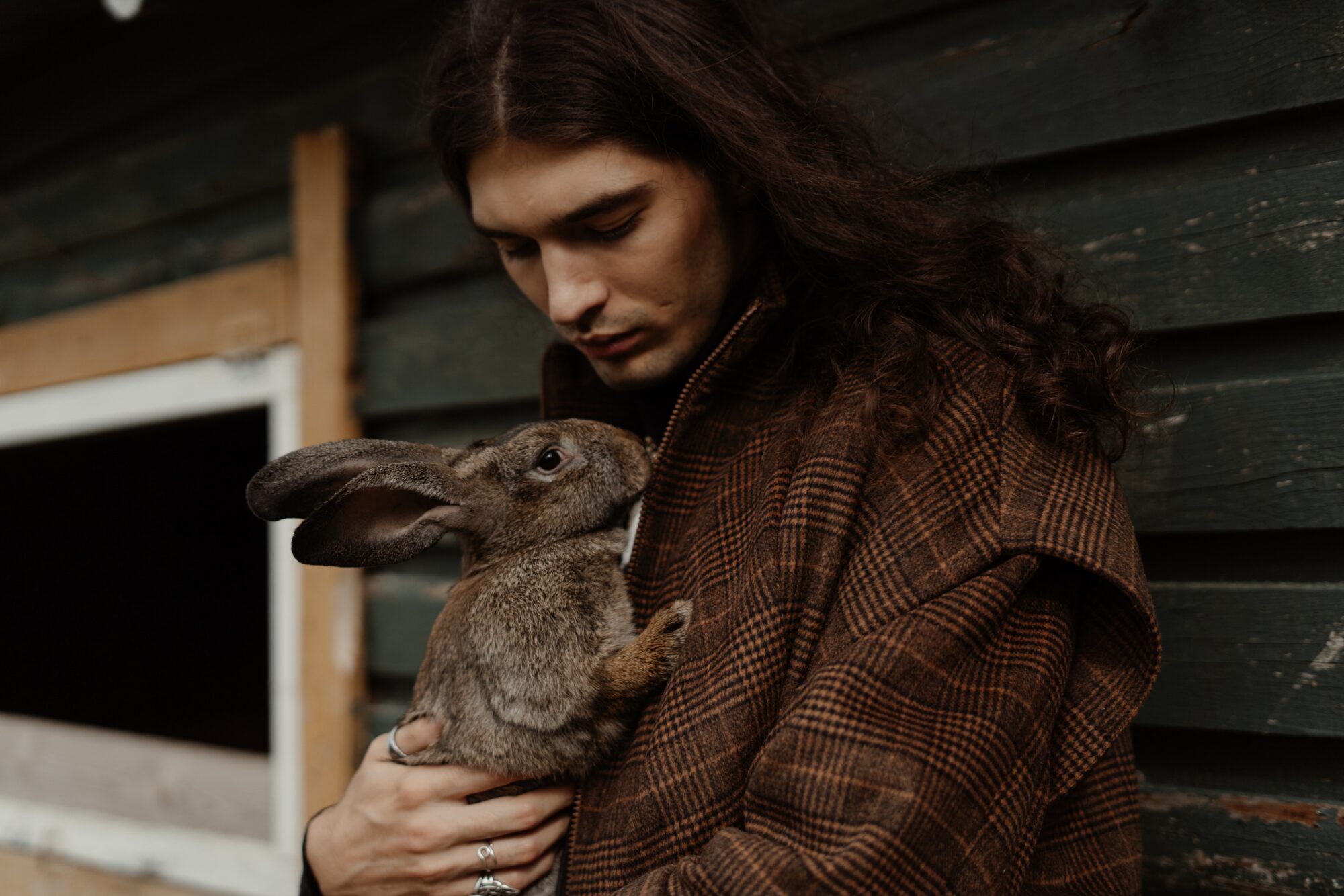
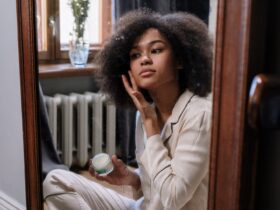
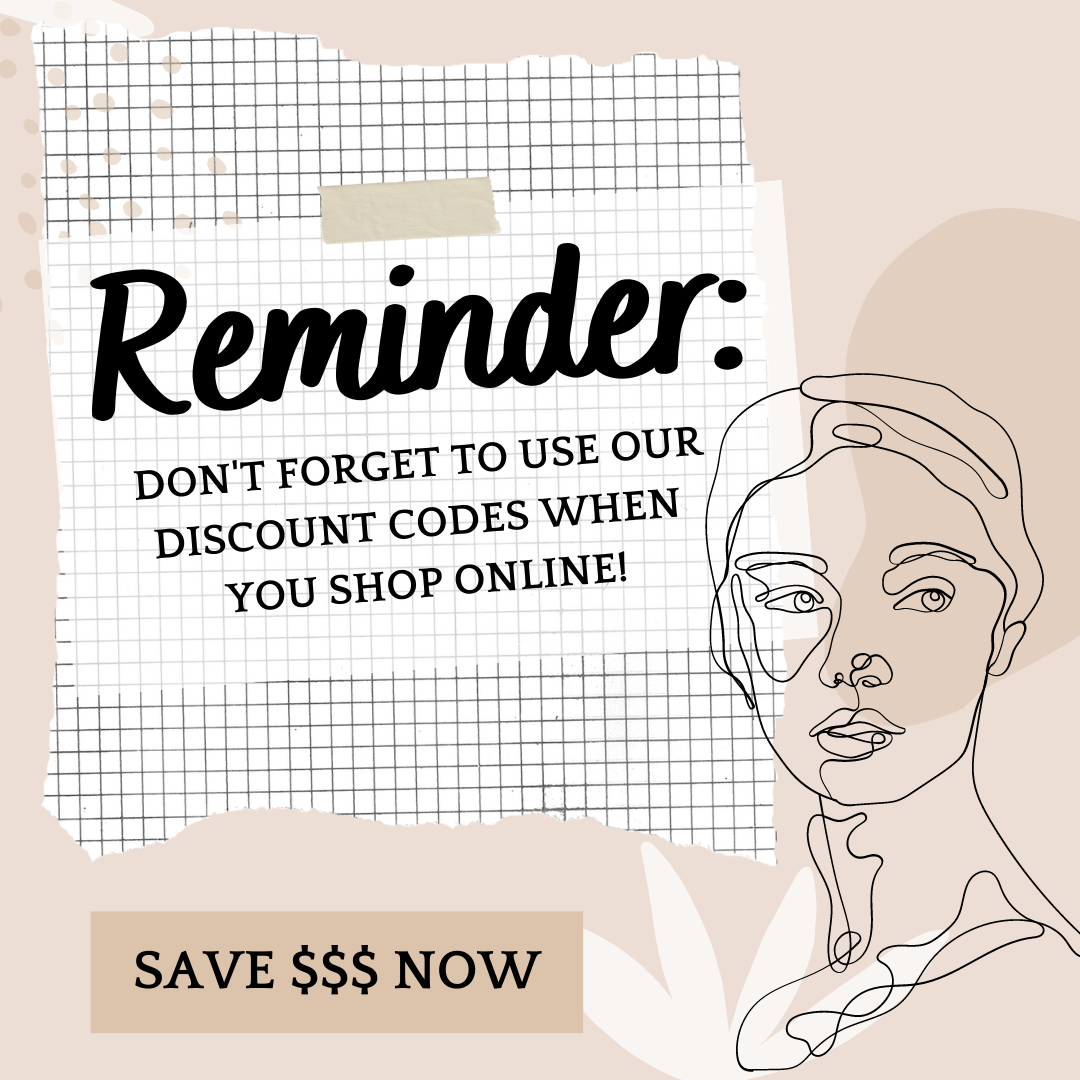
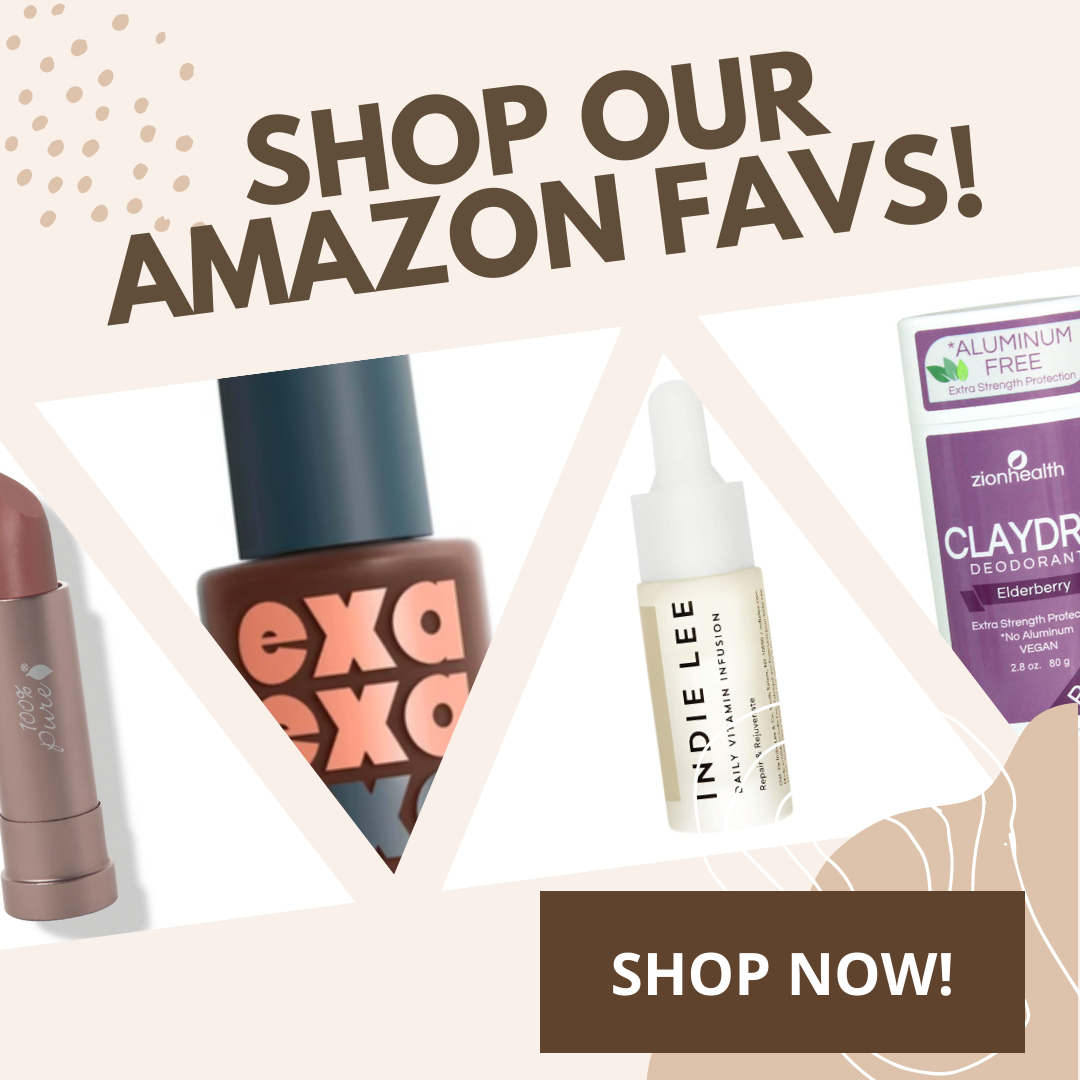

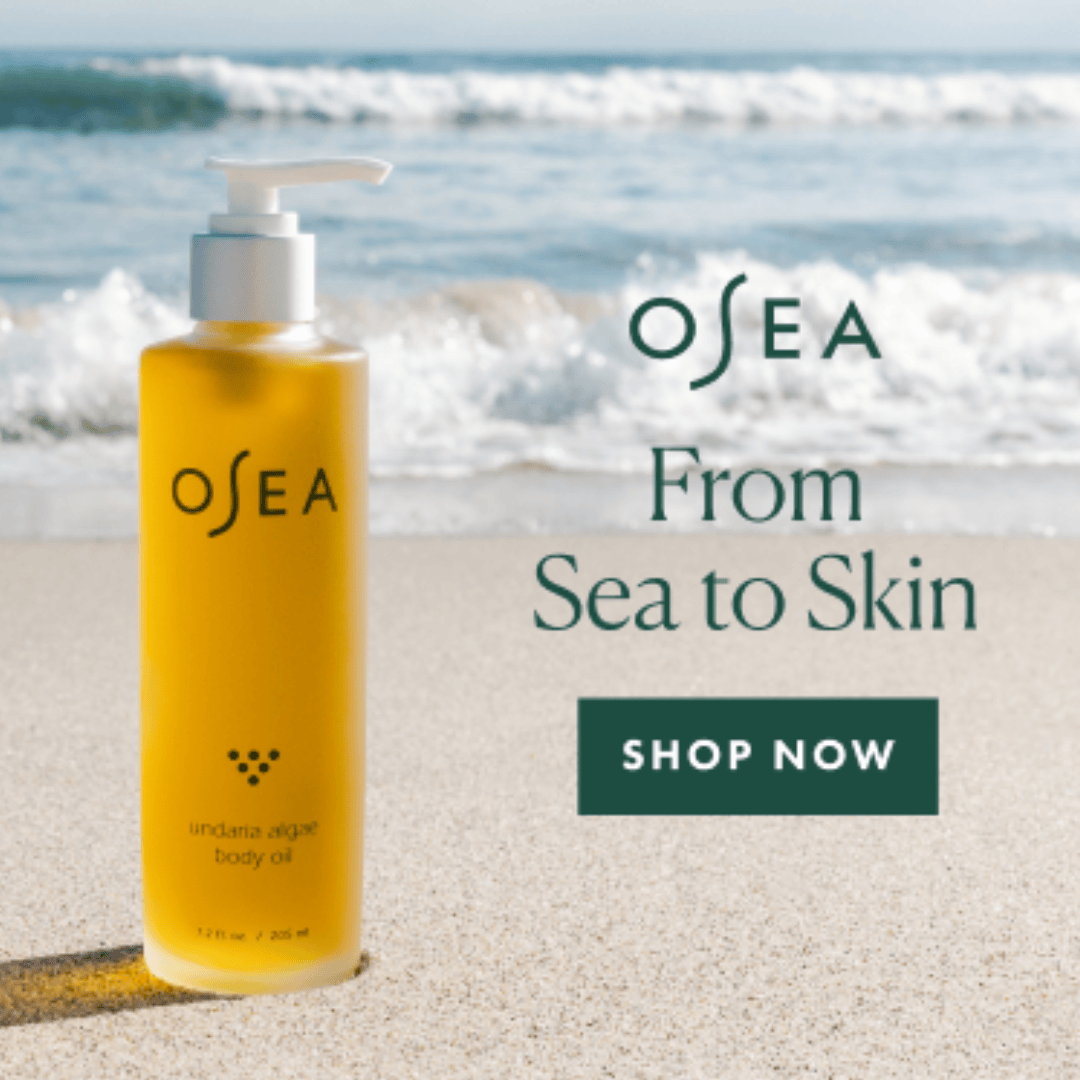
Follow Us